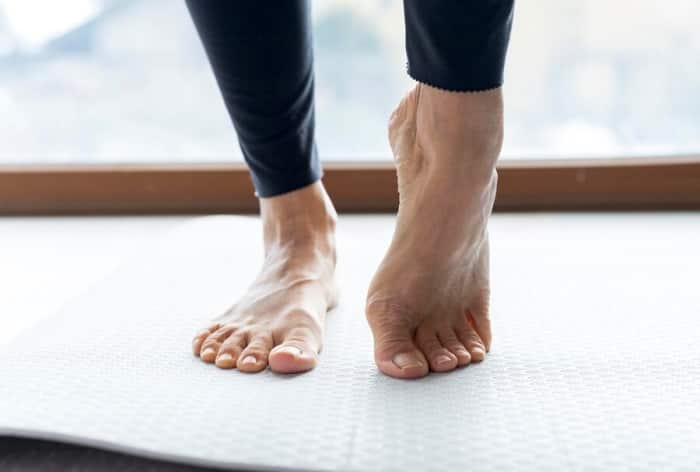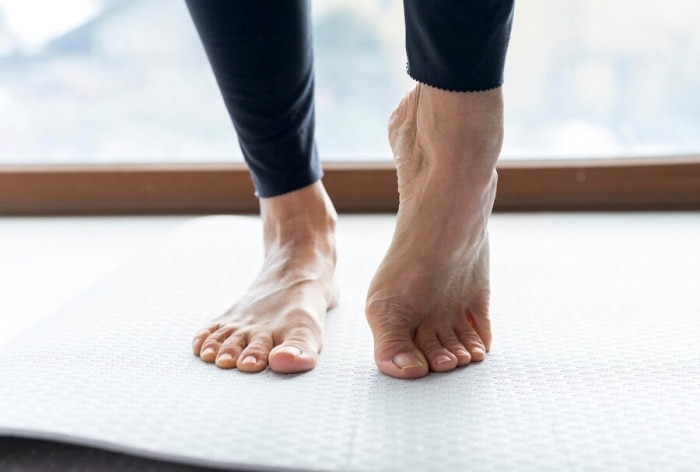Flat feet is a lesser known condition of the feet that makes exercising more painful and tiring. Here is how one can mange it and enjoy exercising.

Flat feet, also known as pes planus, is a condition in which the arches of the feet collapse, causing the soles of the feet to flatten. This can lead to a variety of problems, including pain, discomfort, and difficulty exercising.
Why Flat Feet Make Exercising Risky?
When you exercise, your feet are subjected to a lot of stress and strain. This can be even more problematic for people with flat feet, as their arches are not able to provide the support they need to absorb shock and distribute weight evenly. As a result, people with flat feet may experience pain, discomfort, and fatigue in their feet, legs, and back.
Here are some specific problems that flat feet can cause during exercise:
- Pronation: When you pronate, your foot rolls inward, putting more stress on the inside of your foot. This can lead to pain, inflammation, and even injuries.
- Falling arches: When you exercise, your arches may collapse even further, causing your feet to feel flat and unstable. This can make it difficult to maintain balance and coordinate
- Fatigue: Exercising with flat feet can put a lot of strain on your muscles and tendons. This can lead to fatigue and soreness, especially in your feet, legs, and back.
5 Tips to Manage Flat Feet While Exercising
- Wear supportive shoes: Choose shoes with good arch support and stability. Look for shoes with deep heel cups, firm midsoles, and flexible soles.
- Use orthotics: Orthotics are custom-made inserts that can help to support your arches and improve your foot function. Talk to your doctor or podiatrist about getting fitted for orthotics.
- Stretch and strengthen your feet: Regular stretching and strengthening exercises can help to improve your foot flexibility and strength. Talk to your doctor or physical therapist for specific exercises to help manage flat feet.
- Warm up properly: Before you start exercising, it’s important to warm up your feet. This will help to reduce your risk of injury.
- Listen to your body: If you experience pain or discomfort while exercising, stop and rest. Don’t push yourself too hard, as this could aggravate your condition.
With proper care and management, people with flat feet can enjoy a variety of physical activities without pain or discomfort.

